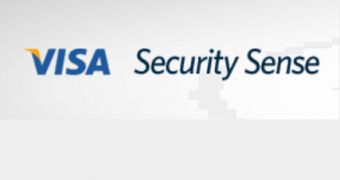The 1.5 million individuals and companies that may be affected by the data breach that targeted the payment processor Global Payments should be on the lookout for malicious messages or phone calls that purport to come from Visa or other financial institution.
According to Visa representatives, most of the scammers call their potential victims in what’s known as vishing, trying to fool them into providing card data that’s allegedly needed for security reasons of fraud management.
Of course, phishing, smishing and vishing schemes are not uncommon, but as we saw on several occasions in the past, whenever there’s a major event or incident, cybercrooks take out the big guns and try to profit.
Because the Global Payments incident is a hot topic and it's almost certain that fraudsters will leverage it in their operations, we will take this opportunity to remind everyone how to identify phishing scams and how to protect themselves against them.
First of all, it must be noted that cybercooks evolved a great deal, scam emails and fake phone calls being designed to perfectly replicate the ones that normally originate from a legitimate firm.
That is why company logos, sender addresses and phone numbers should never be trusted. Logos can easily be forged or copied, and numbers and addresses can be spoofed to make them look as the email or call comes from the organization in question.
As a rule of thumb, calls and online notifications that request sensitive information such as passwords, credit card numbers, or ATM PINs are usually malicious.
Also, don’t let yourself be fooled if the person that sent the email or placed the phone call knows certain things about you. The large amount of information that’s publicly available on social media networks can be highly valuable for scam artists when launching targeted attacks.
Users who encounter a scam that impersonates Visa, can report it to [email protected].
Note. My Twitter account has been erroneously suspended. While this is sorted out, you can contact me via my author profile or follow me at @EduardKovacs1

 14 DAY TRIAL //
14 DAY TRIAL //